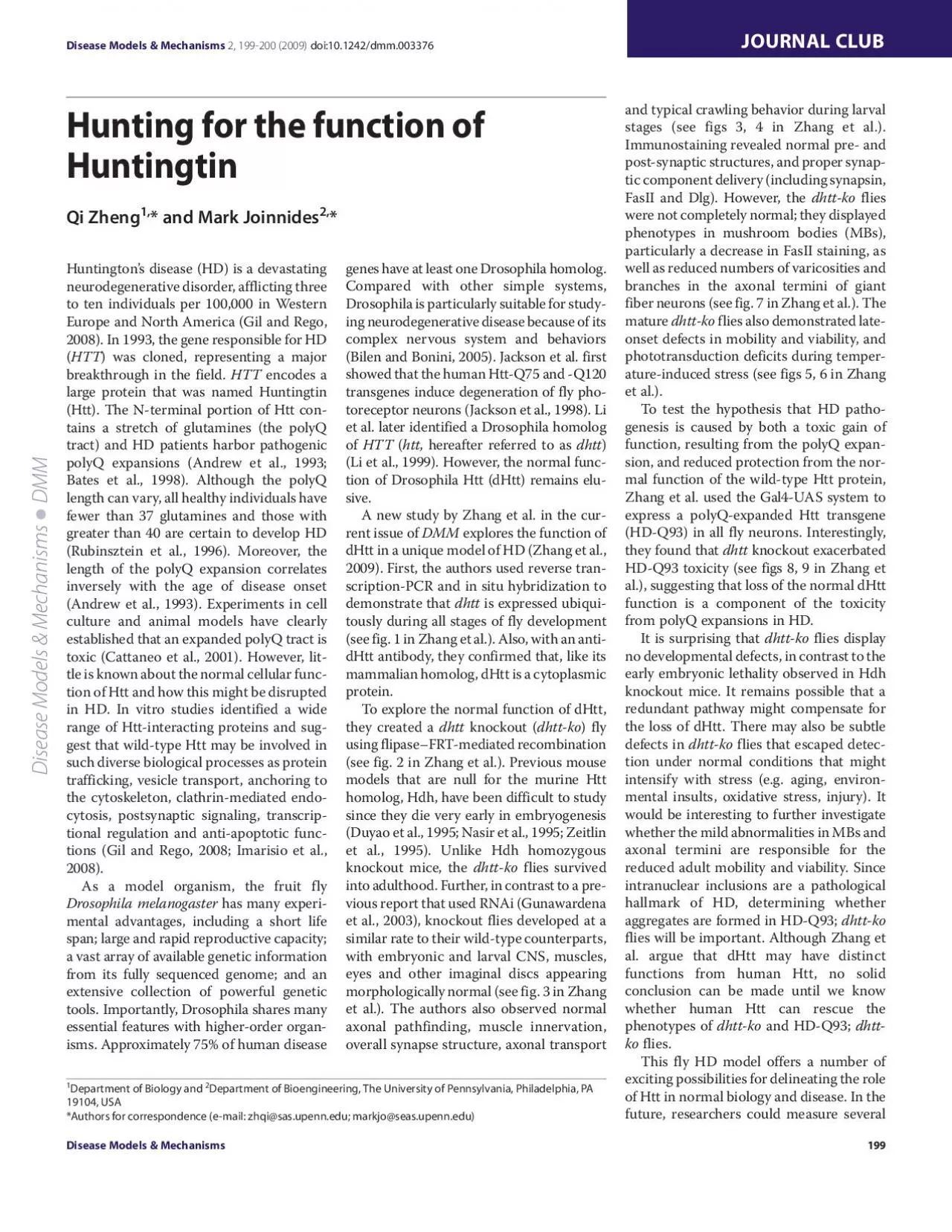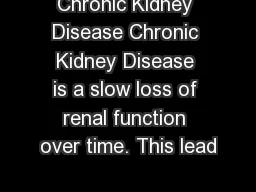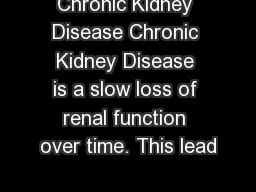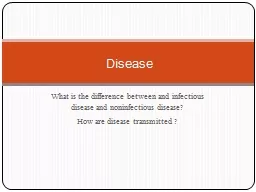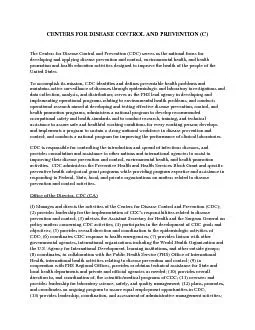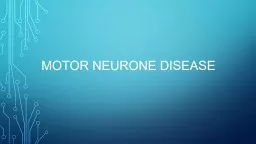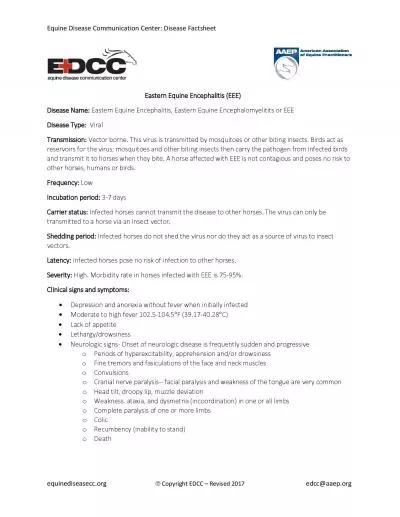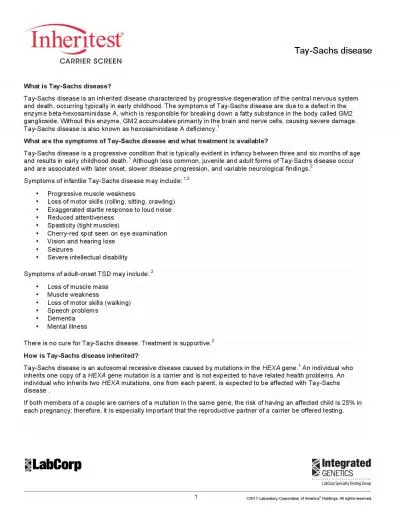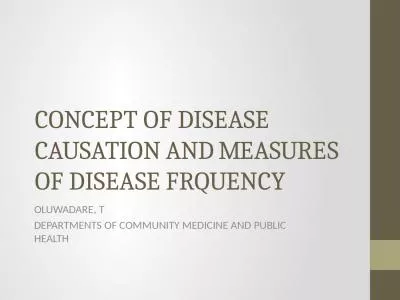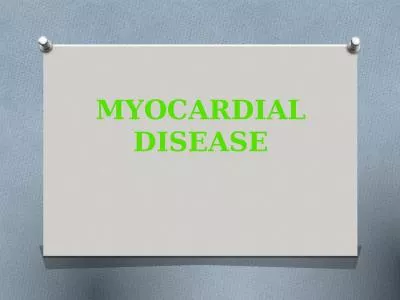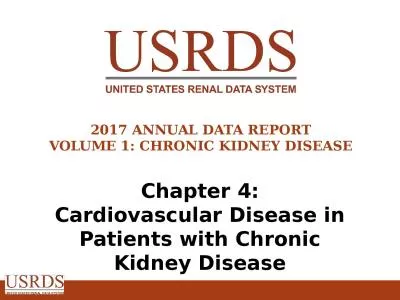PDF-Huntington146s disease HD is a devastatingneurodegenerative disor
Author : luna | Published Date : 2022-10-27
Department of Biology and Department of Bioengineering The University of Pennsylvania Philadelphia PAAuthors for correspondence email zhqisasupennedu markjoseasupennedu Hunting
Presentation Embed Code
Download Presentation
Download Presentation The PPT/PDF document "Huntington146s disease HD is a devastati..." is the property of its rightful owner. Permission is granted to download and print the materials on this website for personal, non-commercial use only, and to display it on your personal computer provided you do not modify the materials and that you retain all copyright notices contained in the materials. By downloading content from our website, you accept the terms of this agreement.
Huntington146s disease HD is a devastatingneurodegenerative disor: Transcript
Download Rules Of Document
"Huntington146s disease HD is a devastatingneurodegenerative disor"The content belongs to its owner. You may download and print it for personal use, without modification, and keep all copyright notices. By downloading, you agree to these terms.
Related Documents

